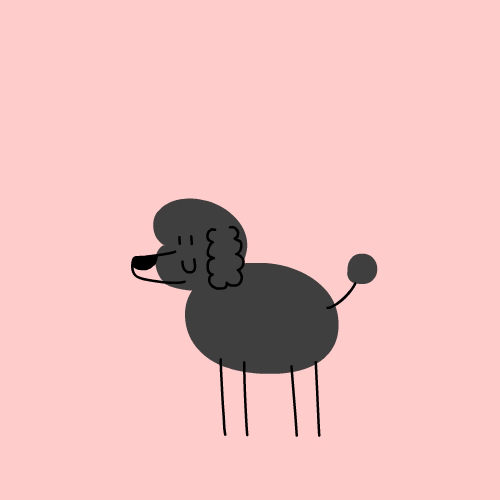
The perfect place to get the perfect puppy of your dreams
THE PERFECT DESIGNER BREED!
So You Think You Want A Peke-a-poo:
On this page you will find some positive and some negative facts about Peke-a-poos. It is designed to give you the best understanding of the breed to help you decide if a Peke-a-poo is right for you.
Size:
Grooming requirements:
Exercise requirements:
Good with other dogs:
Watchdog ability:
This puppy is the product of the excellent breeding program of Perfect-Peks-kennel.
Appearance
Pekepoo
Origin: U.S.A.
Size: Small
Height:
9–10 inches (23–25.5 cm)
Weight:
9–20 pounds (4–9 kg) ideally should not weigh above 14 pounds.
Coat:
The Pekeapoo’s coat can vary, but the most desired coat is soft, moderately wavy, and cottony to the touch. There is no undercoat, which makes them low shedding.
Colors:
White, gray, brown, apricot, black, cream, parti, and merle.
History:
The Pekeapoo is a cross of a purebred Pekingese and a Toy Poodle. They are one of many Poodle crosses that have been developed over the past few decades to create a dog with a low-shedding Poodle-like coat mixed with the personality of a companion dog. Unlike some other hybrid breeders, most Pekeapoo fanciers are not trying to breed Pekeapoos to Pekeapoos to create a second-generation breed. Instead, they are continuing to breed Toy Poodles to Pekingese, believing that the resulting hybrid is a much healthier dog.
Personality:
The Pekeapoo is good natured, lively, and highly affectionate, and he bonds very closely with his owner. This playful dog loves to spend time playing with and amusing his people. He is protective of his family and can be wary of strangers, so early socialization is necessary. Sensitive and intelligent, the Pekeapoo makes a lovely and charming companion.
At Home:
Because of their smaller size, Pekeapoos make good apartment dogs, but they can do just as well in the suburbs or country. They tend to bark to alert their owner when company is coming. Most of the time their cottony coat is very low shedding, which not only keeps the home free of excess hair but can make this a good breed for some allergy sufferers. The Pekingese genes give this breed a flatter face, which makes it harder for them to breathe, and therefore they do not do well in the heat.
Recommended Activities:
Although not eligible for American Kennel Club (AKC) activities, some clubs do allow mixed breeds to participate. A Pekeapoo might enjoy obedience, canine freestyle, or therapy work.
Feeding:
The Pekeapoo can suffer from dental problems, so it is important to feed a high-quality diet that is size appropriate.
Exercise:
Pekeapoos need daily exercise and enjoy going outside for daily walks. Be careful not to overexercise your dog in the heat, though, as his flatter face can make activity in hot weather dangerous.
Grooming:
Many owners choose to keep their Pekeapoo’s cottony fur short because of its tendency to mat. Leaving the hair longer means daily brushing and detangling sessions. Even with a short haircut, though, the Pekeapoo must still be brushed several times a week.
Training:
The Toy Poodle genes in the Pekeapoo’s makeup make training fairly easy, but he tends to have a high opinion of himself and may need some extra work to help see things your way. He is intelligent and responsive to positive training. Housetraining might take some extra time with the Pekeapoo.
Compatibility:
Pekeapoos usually get along well with children and other pets.
Health:
The average life span of the Pekeapoo is 12 to 16 years. Health problems may include dental problems; patellar luxation; respiratory problems; and undershot jaw.
Fun Fact:
This breed’s name can be spelled several ways: Pekeapoo, Peke-a-poo, and Peekapo



















